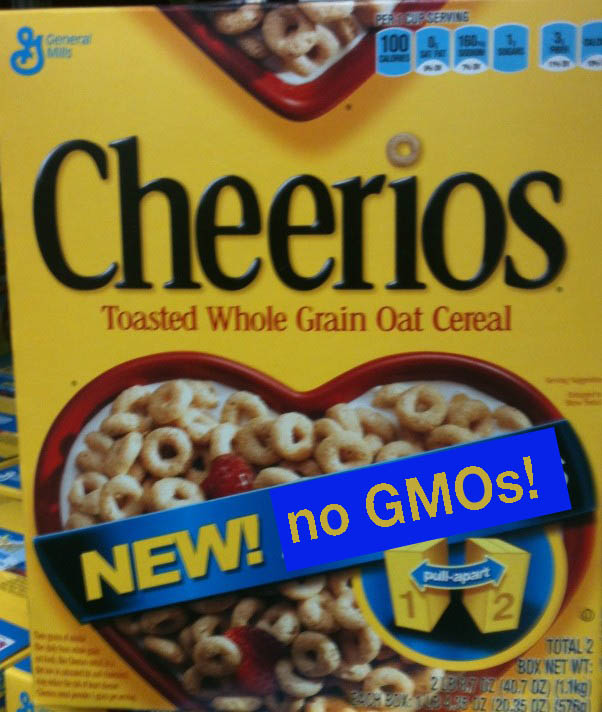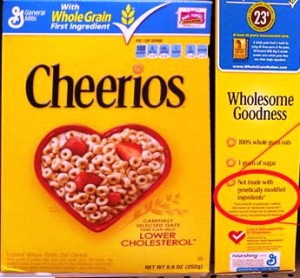Food companies want to hang onto trans fats
Good try FDA.
ProPolitico Morning Agriculture has a story today that surprises me. Food companies are opposing the FDA’s proposal to revoke the GRAS status of trans fats (see previous post).
Why am I surprised? I thought we were done with this one. I didn’t think it was all that difficult to find substitutes for partially hydrogenated oils. When trans fats went on food labels, most companies didn’t take long to go trans-fat free.
Now food companies are complaining that the FDA has gone too far, needs to allow companies to keep small amounts in foods, and doesn’t really have the authority to revoke GRAS status.
Among the 1600 comments received by the FDA are these:
- ConAgra Foods
- Nestle (no relation)
- The Schwan Food Company,
- Archer Daniels Midland
- Grocery Manufacturers Association (GMA). Note: its comment is 104 pages.
- Food Marketing Institute
Writing in favor of the revocation are:
As a reminder of what this is about, here’s a taste of what I said about trans fats in What to Eat:
Trans fats are not normal. Hydrogenation causes some of the hydrogens in unsaturated and polyunsaturated fatty acids to flip abnormally from the same side of the carbon chain (in Latin, “cis”) to the opposite side (“trans”). The normal cis unsaturated fatty acids are flexible, which is why they are liquid; they bend and flow around each other. But the change to trans causes unsaturated fatty acids to stiffen. They behave a lot like saturated fatty acids in the body, where they can raise cholesterol levels and increase the risk of heart disease.
Mind you, this is not new information. My trans fat file has papers on heart disease risk dating back to the mid-1970s. In 1975, for example, British scientists suggested that one reason poor people in England had higher rates of heart disease was that they so often ate fish-and-chips fried in partially hydrogenated oils. Since then, researchers have consistently found trans fats to be just as bad–or worse–than saturated fats from the standpoint of heart disease risk.
The recent meta-analysis says much the same thing.
Let’s get rid of trans fats once and for all and be done with them. I hope the FDA holds firm on this one.



